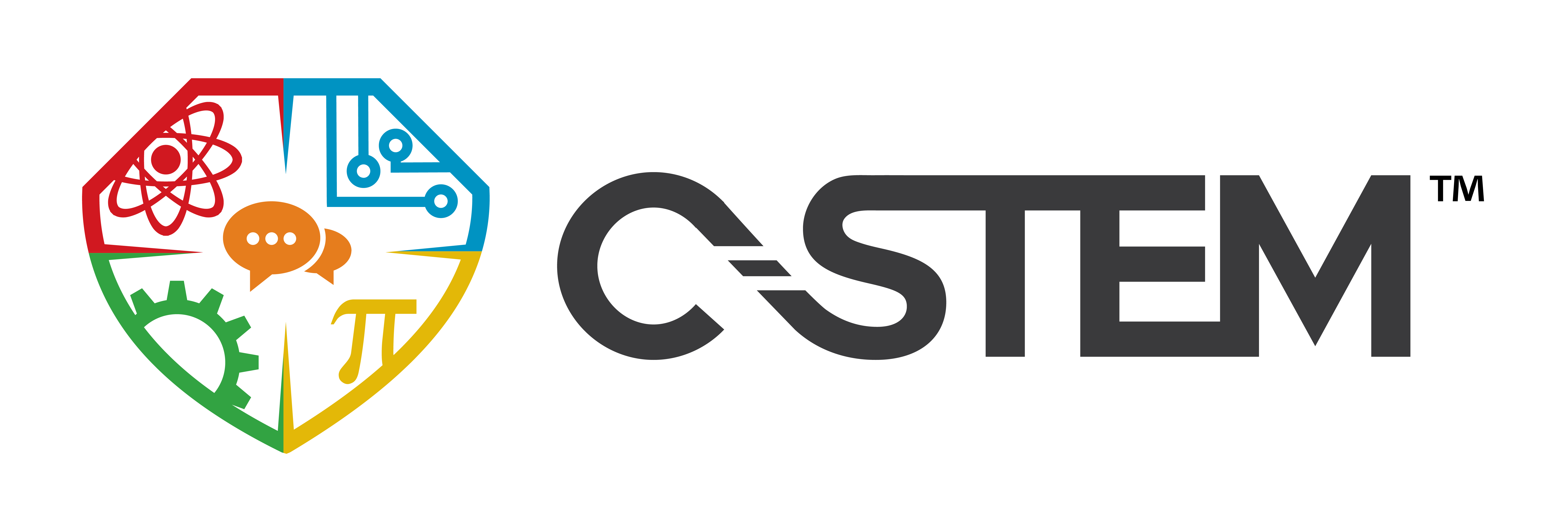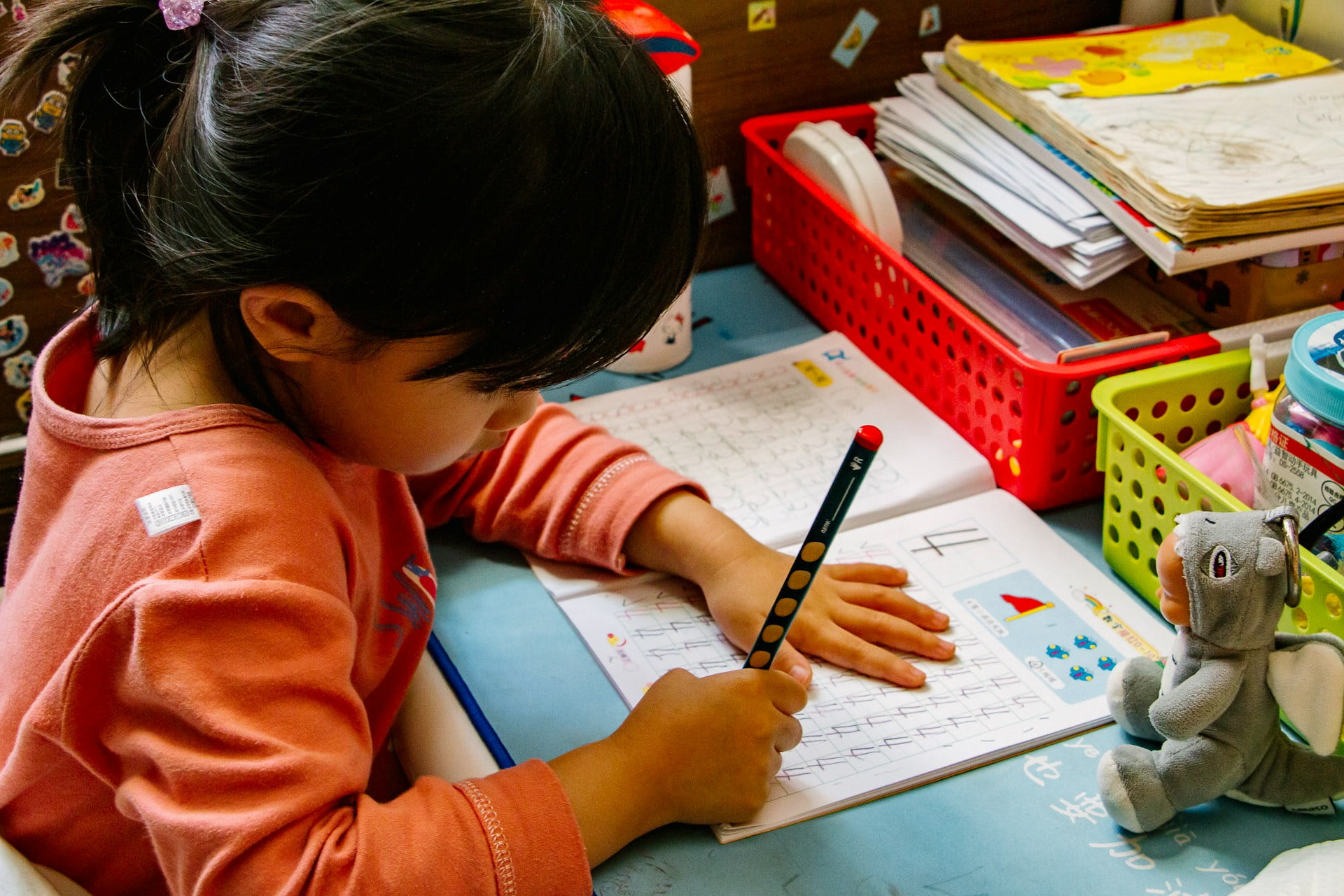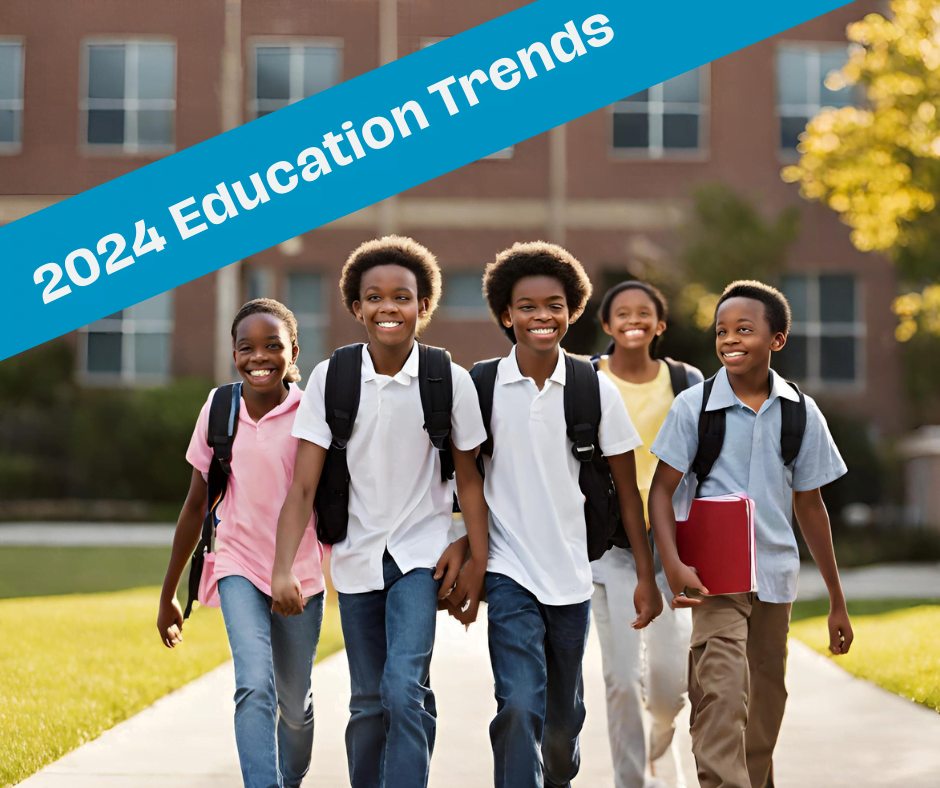Written by: Reagan Flowers, Ph.D.
`
As we hit stride with a new school year, it’s time to take another look at the underrepresented and underserved students we can help through STEM. This month, we’re looking at a group that we don’t talk about as often, but who certainly face educational struggles: homeless students.
Identifying the Problem
In the U.S. today, more than 1.2 million enrolled students experienced homelessness. This is only the students who are able to go to school, and does not take into account students who do not attend due to lack of resources or family support.
Students of color experience homelessness at higher proportions than the overall student base. Hispanic and Latino students account for 28% of the overall student body but 38% of students experiencing homelessness; Black and African American students account for 15% of the overall student body but 27% of students experiencing homelessness. While White students account for 46% of all students enrolled in public schools, they represent 26% of students experiencing homelessness.
Impact on Academic Progress
Sadly, homelessness affects students equally from kindergarten all the way though adolescence. As a result, only about two-thirds of students who experience homelessness graduate from high school.
Students experiencing homelessness are more than twice as likely to be chronically absent, with greater rates among Black and Native American or Alaska Native students. They are also more likely to change schools multiple times and to be suspended.
School is also much more difficult for these students because of the discrimination they face both in and out of the classroom. Research also shows that students reporting homelessness have higher rates of victimization, including increased odds of being sexually and physically victimized, and bullied. Student homelessness correlates with other problems, including greater odds of suicidality, substance abuse, alcohol abuse, risky sexual behavior, and poor grades in school.
STEM Can Build on Existing Skills
Despite all the disadvantages they face, a recent study found that homeless students have higher social and emotional skills than their peers. Building on these skills to bolster academic progress could be key to helping these students turn the tide on generational poverty and end the homelessness cycle.
STEM offers hands-on, problem-solving activities. When taught in a relatable, unbiased way, this can help homeless students master new skills, gain confidence, and excel in other academic areas. To do this, we must engage these students by offering more supplemental activities like after-school programs and summer camps. Partnerships between schools and organizations like ours are key to making this happen.
It is crucial that we recognize and helph omeless students who are struggling. These children may be spending their time sleeping on couches, in shelters, or even outside. They often face hunger, which makes learning even more difficult. Just as we do with other students who face disparities, we must provide supplemental resources that help them stay on track and turn the tide for the next generation.







